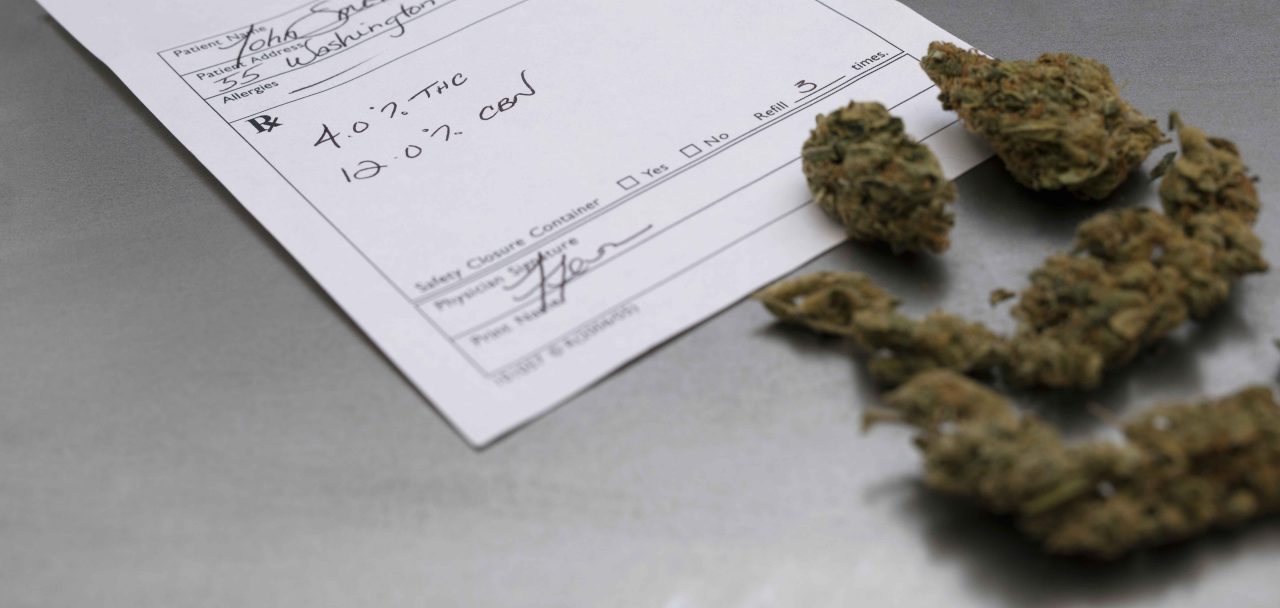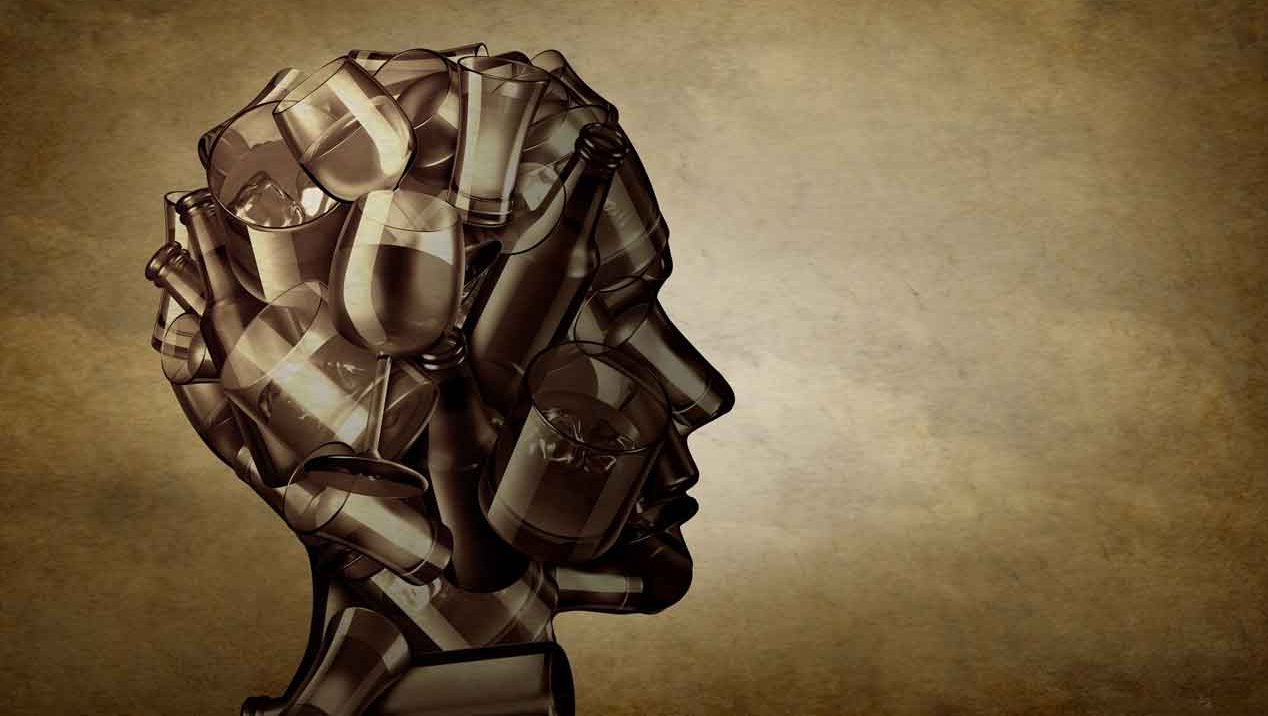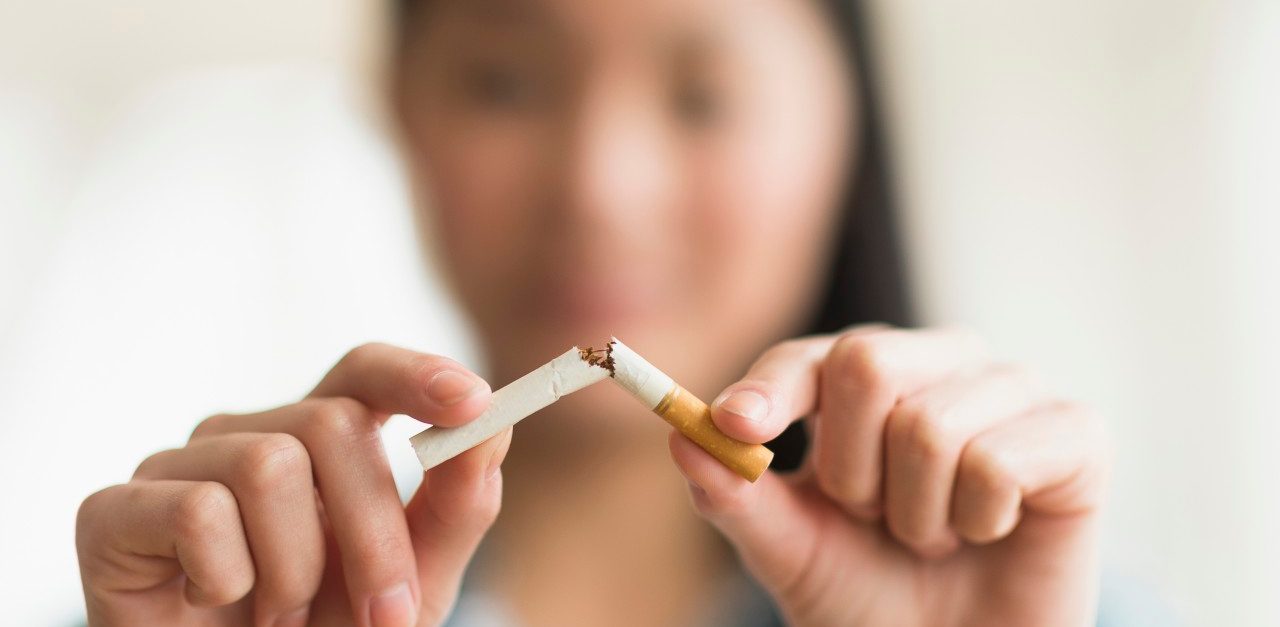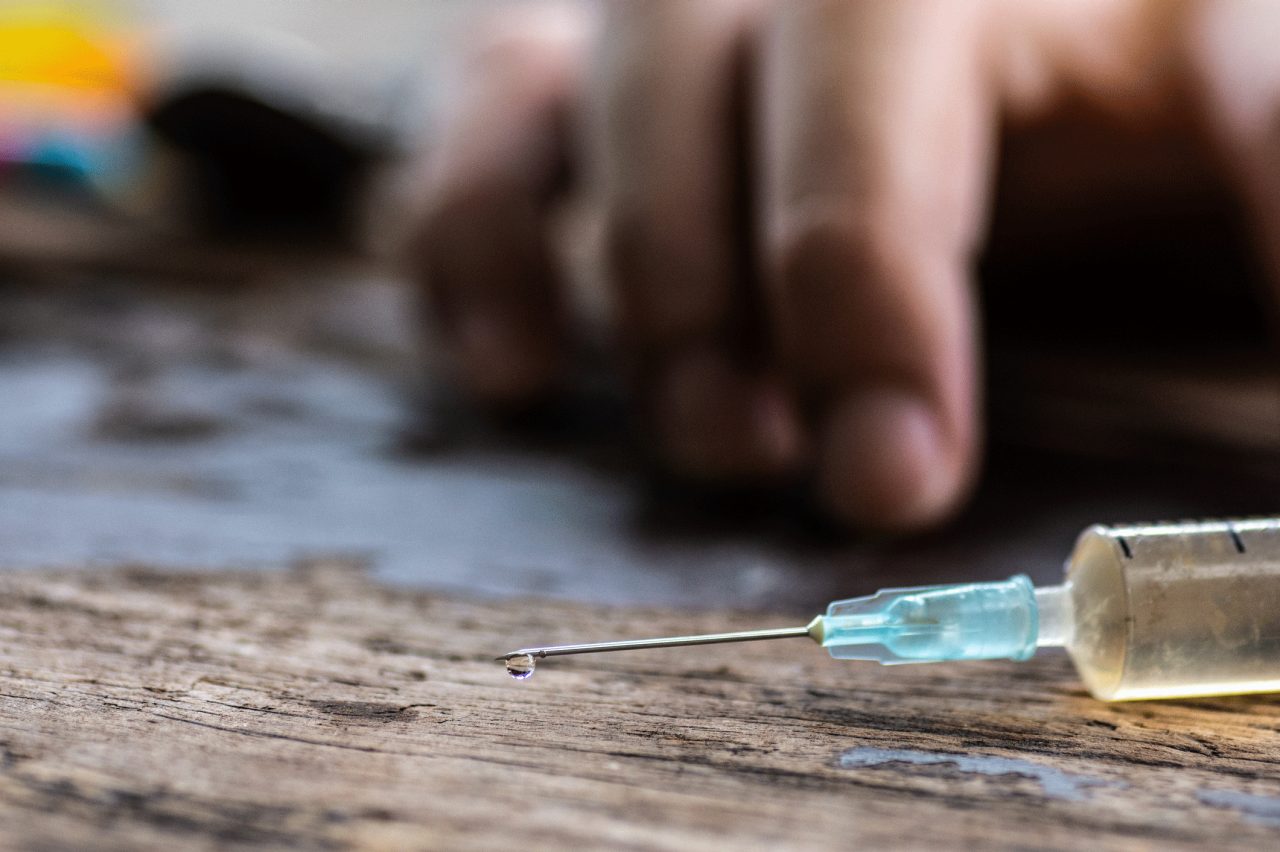
Medical Marijuana Laws Cut Opioid Use
Making it easier and legal to treat pain with medical marijuana cuts back on the use of prescription painkillers. But it’s still not clear how well the remedy works or its risks.

Making it easier and legal to treat pain with medical marijuana cuts back on the use of prescription painkillers. But it’s still not clear how well the remedy works or its risks.

People cope different ways, but many aren’t healthy or safe.

Patients who take too many opioids often do it twice.

E-cigarettes are often used as a smoking cessation aid. But research shows they don’t help most smokers quit — and users may become addicted to vaping, too.

A shot of whiskey and even a glass of red wine kills neurons and increases your risk of dementia. Any amount of alcohol also increases your risk of most cancers.

Drinking alcohol in moderation may have health benefits. But there’s also concern about the effects of alcohol on the brain — does alcohol kill brain cells?

Researchers have found smoking is a stronger risk for peripheral artery disease than for heart attacks and stroke. That’s another reason to quit smoking ― NOW.

Smoking is a known risk for heart disease, COPD, and cancer. Now, research directly links smoking to subarachnoid hemorrhages — life-threatening brain bleeds.

As the perception that weed is harmless increases, so do the troubling public health consequences.

Workaholics can feel energized, but health, relationships, and work performance can suffer.

Drug overdose deaths rose by more than 18 percent last year, as use of the increasingly dangerous Fentanyl moved across the country.

But most people do eventually recover.

How dangerous is vaping, really? More than a thousand people have fallen sick. Vaping also can promote chronic bronchitis, lung disease, and lung cancer.

Free and open to all, Alcoholics Anonymous support groups beat professional therapy, if you give it your full attention and do whatever it takes to stay sober.